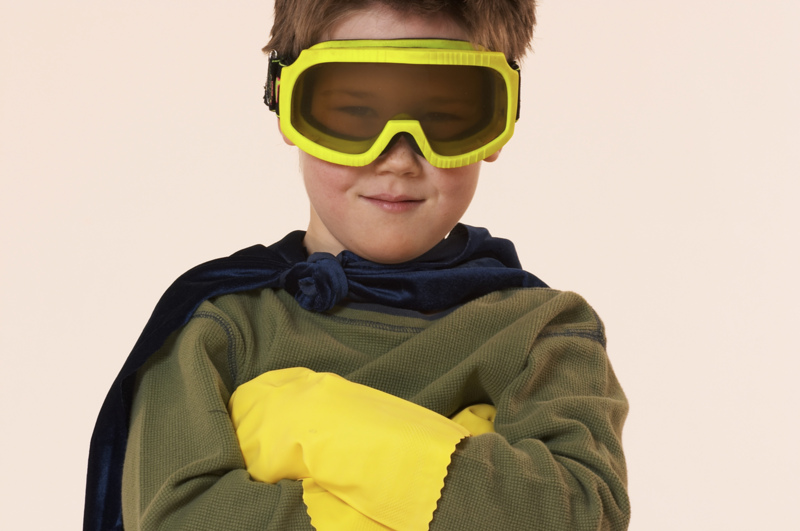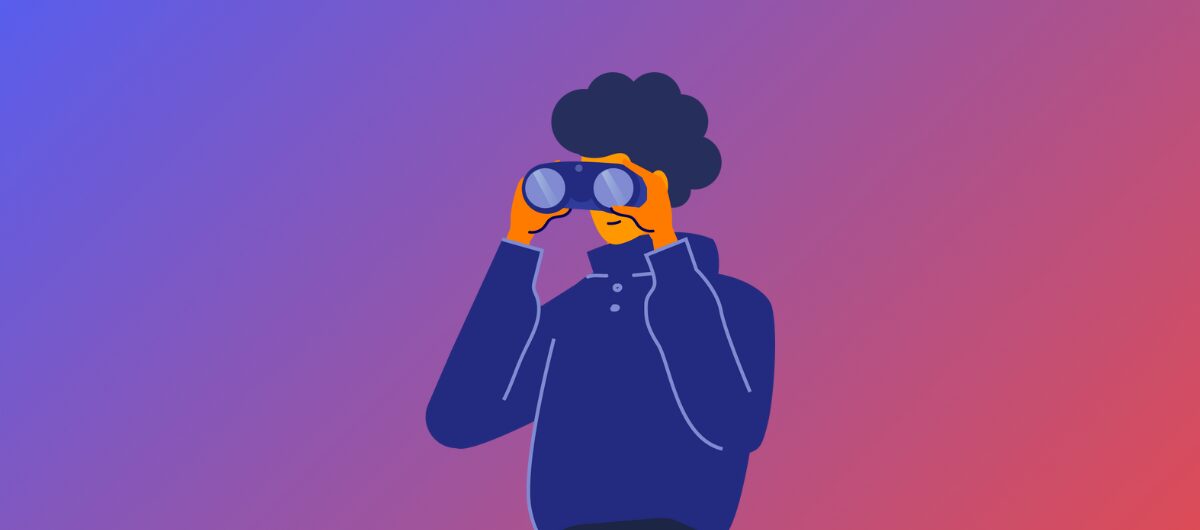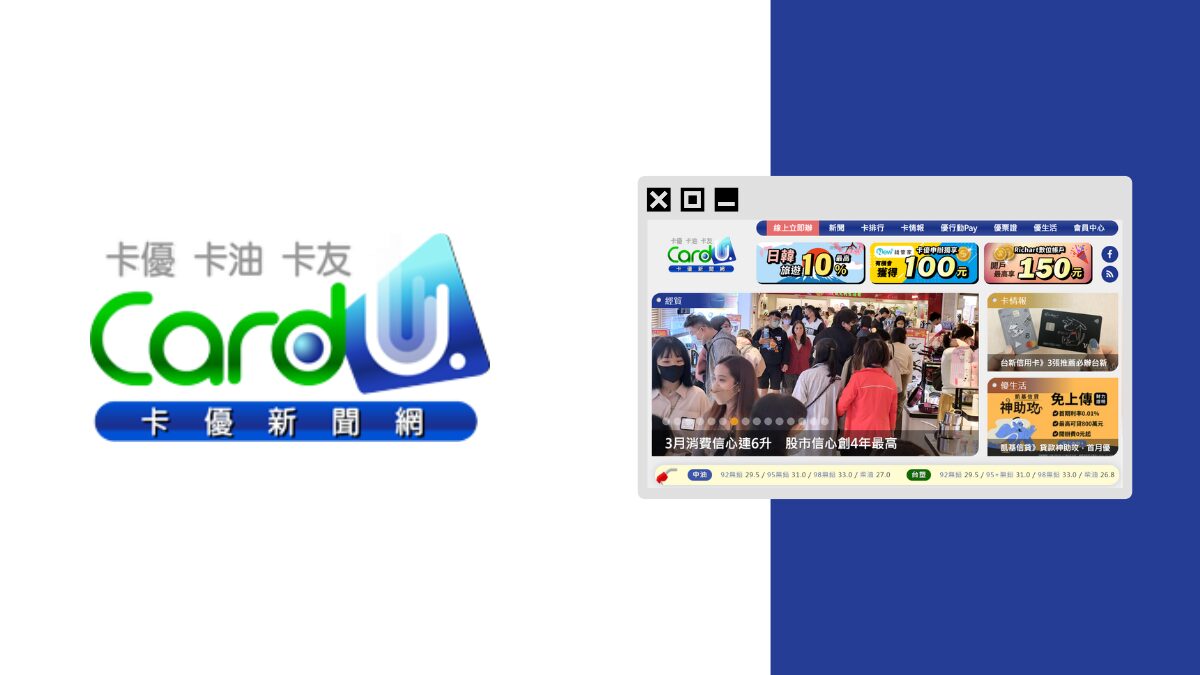
The Hero Shot is the photo of the item you’re marketing or another associated image which is the leading visual representation of your advertising element, web page or entire campaign. You should never be content with centering your primary marketing imagery on the same old ho hum photos when you can equip your Hero Shot with SuperHero powers!
Go Big or Go Home
Although you don’t need to spend $45,000 on a Hasselblad H4D-200MS and apply its stunning 200 megapixel capacity to your marketing photography, you are well advised to take your hero shots at the largest pixel size your DSLR can manage as it’s always a case where size matters. Not only will a 5,000 x 5,000 pixel photograph look sparkling clear at 500 x 500, but you never know when your exec is going to want to use that same photo in a magazine layout or in the company’s annual report.
Overshoot Rather than Undershoot
Alfred Hitchcock was infamous with editors because he rarely gave them anything to work with. He only shot exactly what he wanted and forced the editor to compose the movie precisely as he intended. We can’t all be Hitchcocks, so we’re far better off taking a huge amount of different photos from all sorts of varying angles for our hero shots and then seeing which one works best. Just because you composed the shot in your head as being “just so” doesn’t mean that another perspective from a completely different angle isn’t going to be preferable. Electrons are cheap, so shoot lots!
No Doe
There is a profound art to being a photographic model which goes far beyond “hotness.” The most attractive model can be incapable of portraying anything but a bland “doe in the headlights” facial expression, so make sure that their portfolio shows a wide range of believable emotional states.
Light Tents Are Not for Camping
Products which are intended to be used in or on the hand are generally placed inside a light tent which is a translucent cube which come in a
variety of shapes and sizes to fit just about any small item or photographic angle. The fabric of the tent diffuses and softens any incoming light which has the effect of illuminating all the shadows within the cube. Although light tents can be obtained in all sizes, the effects are generally better for smaller items. Keep in mind that photos taken in a light tent tend to be a touch underexposed since your light meter is going to be fooled into reading the scene brighter than it actually is due to all the white in the range. Keep a close eye on your histogram and use exposure compensation to obtain the proper exposure.
Cycs Are Your Friend
There are few tools which are quite as indispensable to product photographers as a seamless white background, preferably with a horizonless curve so that the product can be placed sitting up on a flat surface and does not have to be suspended or shot from an aerial view. The product will “pop” considerably if used with the white background directly, or if you’re going to be digitally adding a different background it will make your Photoshopping tasks much faster and easier.
Don’t Break the Inverse Square Law
One of the most common problems seen in amateur photography is the inability to comprehend how the inverse square law applies to lighting. It’s not rocket science: A correctly exposed subject one foot away from a light source will be illuminated four times brighter than the same subject two feet away from the same source. Therefore if you have perfect lighting for a product framing then you move the product twice as far away from the lens you’ll need to increase your lighting intensity four times to gain the same lighting effect. That’s why a properly exposed shot of a large group of subjects requires Academy Award-winning lighting expertise and massive lighting equipment to ensure that the frontmost subject is lit equally well to the rearmost one!
Applying these tips to your hero shot marketing photography will ensure that you capture your customers’ attention… artfully!



